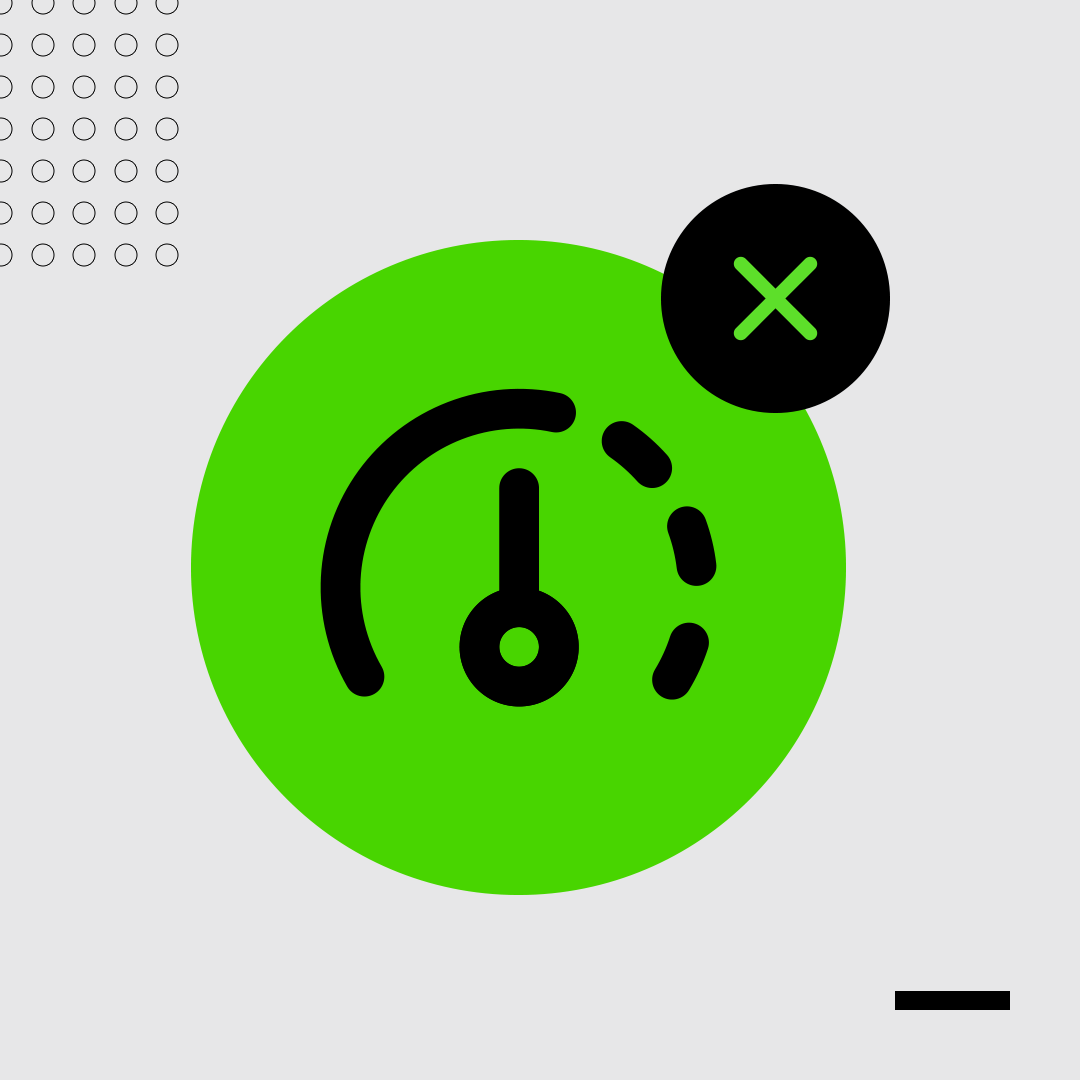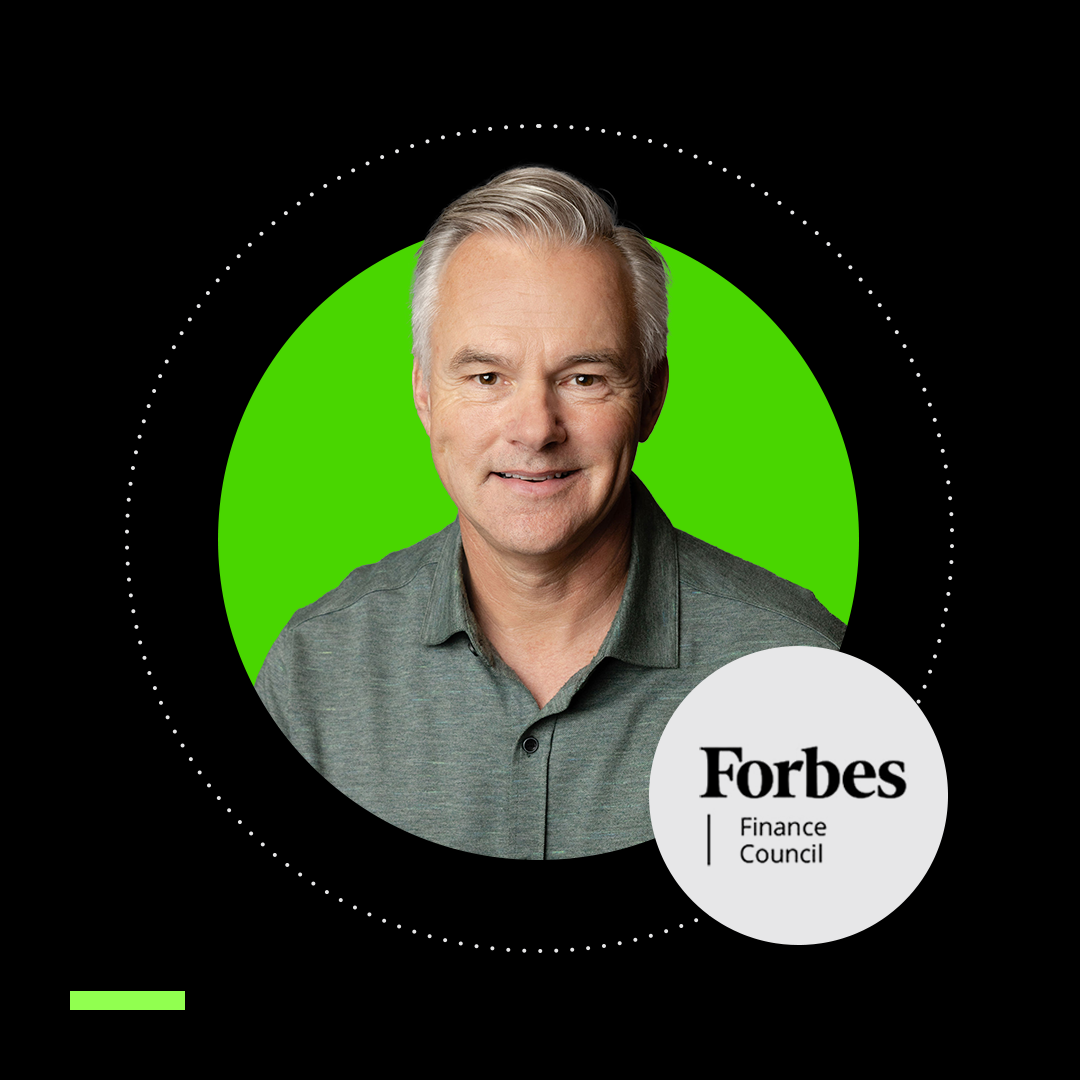Apr. 23, 2021 -- It’s an unfortunate reality that today the differences between Americans that are financially healthy and those that are not are more pronounced than they have been for a while, and it’s something that’s unfolded right in front of us during COVID-19. But this has been true for some time, that it is expensive to be a low- to moderate-income consumer in the U.S., regardless of whether you are just trying to access your money (without paying for expensive services like check cashers), grow your savings, or expand your access to credit or other financial services.
This last one is an important one: credit health. Having below-average credit is expensive and too many Americans struggle to get fairly priced credit products that promote financial health. Consider this reality for the 65 million consumers in the U.S. living with “fair” credit scores (less than 670): taking out a $25,346 auto loan with “fair” credit, you could pay up to $7,471 more interest than a person with “very good” credit getting the same loan. Similarly, someone with “fair” credit may pay a total interest of $8,640 for a student loan, while a student with “very good” credit might only pay $3,933 for the same loan.
That difference is just one example of how our country’s most financially vulnerable are at the greatest disadvantage when it comes to getting access to credit and improving their financial health. These consumers need more seamless, accessible, value-driven banking and money management tools designed specifically for their needs and challenges, yet traditional financial institutions are missing the mark when it comes to delivering for them.
How then do we design the next generation of credit tools to support a consumer that’s struggled to improve their credit picture and isn’t getting the support they need? The industry must develop around a core set of needs for these consumers:
- Access: While it may sound simple, having easy access to a clear picture of your credit history is a critical first step in understanding your financial health and the journey it will take to improve it. Banking digitally opens so many doors in this regard. Having access to your credit file on your phone could mean the difference between checking movement on your credit score every morning while you wait for the bus and checking it once or twice a year when visiting a traditional bank branch. Making credit health a consistent part of a routine can create better credit habits.
- Simplicity: Most people generally understand what a credit score is, but if you were to ask them how their financial decisions affect that score, that understanding can get a bit hazier. People who’ve not had the same access to credit cards and loans as financially healthy Americans need to understand what simple means are available to them to improve their credit on a daily or monthly basis. Opting to pay bills like Netflix, phones, or utilities through a digital bank that reports those payments to credit bureaus or making payments on a Secured Credit Card (against a cash security deposit) are simple steps available to consumers with poor credit. Banking and payments providers have to meet consumers halfway, however, and build these options into their platforms in a way that people can see their credit improve with just a few clicks.
- Security and Peace of Mind: Consumers today, particularly those who’ve been burned by financial institutions in the past, need to know their personal info is safe and that any changes they make to improve their credit can be done securely. Building features into credit tools that give consumers more control over their information, e.g. the ability to lock their credit profile from a mobile app or being pushed alerts when their info has appeared on the dark web, will offer them assurance that they’re improving their credit health safely.
The future of financial health is a world where modern and seamless banking and money management exists at everyone’s fingertips and banking fits into the flow of life. An enormous, and growing, part of the population in the U.S. is driving the demand for smarter money management tools that can help people improve their financial picture every day, digitally, in a way they are comfortable with.
Access to credit has long been the piece of financial health that’s seemed out of reach for the millions of Americans that find themselves already struggling to make ends meet. Financial technology can make a huge impact in this space by designing solutions with this consumer in mind, knowing their unique challenges and needs call for a unique approach to digital banking.



